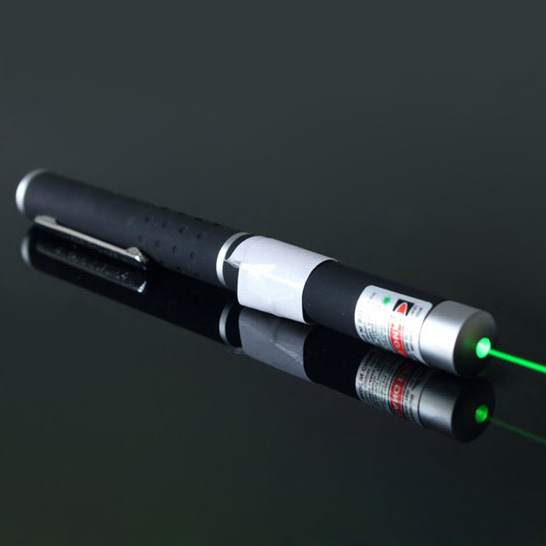The emergence of smart phones has greatly changed people’s lifestyles, and the continuous improvement of people’s living standards also puts forward higher requirements on smart phones: In addition to the continuous upgrade of system, hardware and other functional configurations, the appearance of mobile phones has also become the focus of mobile phone manufacturers. In the process of innovation of appearance materials, glass materials have been welcomed by manufacturers due to their various advantages, such as changeable shapes, good impact resistance, and controllable costs. They have been widely used in mobile phones, including mobile phone front covers and rear panels. Cover, camera cover, filter, fingerprint recognition film, prism, etc.
Although glass materials have many advantages, their fragile characteristics bring many problems to the processing process, such as cracks and rough edges. In addition, the special-shaped cutting of the earpiece, front camera, fingerprint film and other positions also puts forward higher requirements on the processing technology. How to solve the processing problems of glass materials and improve product yield has become the common goal of the industry, and it is urgent to promote the innovation of glass cutting technology.
Traditional glass cutting processes include knife wheel cutting and CNC grinding and cutting. The glass cut by the cutter wheel has large edges and rough edges, which will greatly affect the strength of the glass. In addition, the glass yield rate cut by the cutter wheel is low, the material utilization rate is low, and the post-processing of complex procedures is required after cutting. When the cutter wheel performs special-shaped cutting, the speed and accuracy will be greatly reduced. Some special-shaped full screens cannot be cut with the cutter wheel because the corners are too small. CNC has higher precision than the cutter wheel, the accuracy is ≤30μm, and the chipping is smaller than the cutter wheel, about 40μm. The disadvantage is that the speed is slow.
With the development of laser pointer technology, lasers have also appeared in glass cutting. The laser cutting speed is fast, the precision is high, the incision has no burrs and is not limited by the shape, and the chipping is generally less than 80μm. The traditional laser cutting glass is the ablation mechanism. The focused high-energy density laser is used to melt or even vaporize the glass, and the high-pressure auxiliary gas blows away the residual slag. Because the glass is fragile, the high overlap rate spot will accumulate excessive heat on the glass, causing the glass to crack. Therefore, the laser cannot use the high overlap rate spot to perform a cut. Usually a galvanometer is used for high-speed scanning, and the glass is layered layer by layer. For layer removal, the general cutting speed is less than 1mm/s.
In recent years, ultrafast lasers (or ultrashort pulse lasers) have achieved rapid development, especially in glass cutting applications. The laser has developed a customized module specifically for processing brittle materials. The ultra-fast laser with laser can cut brittle materials better and faster, and further reduce the cost. As we all know, ultrafast lasers refer to pulse lasers whose output laser pulse width is in the picosecond (10-12 seconds) level or less than the picosecond level, with extremely high peak power.
For transparent materials such as glass, when the ultra-high peak power green laser pointer is focused inside the transparent material, the nonlinear polarization caused by the light propagation inside the material changes the light propagation characteristics, causing the beam to appear self-focusing (wavefront). Focus). Due to the extremely high peak power of the ultrafast laser, the pulse is continuously focused in the glass and transmitted all the way down to the inside of the material without divergence until the laser energy is insufficient to continue to support the self-focusing phenomenon. At this point, the place where the laser has been transmitted leaves a trace like a thread (only a few microns in diameter). Connect these threads and apply stress to them, and the glass will split along the threads.
This is the result of the glass being modified by the laser, and the modified glass has different properties from the original. And this processing method also ensures that the processing process will not affect the surrounding materials in the space involved, thereby achieving “super fine” processing. In addition, non-contact processing can also avoid problems such as chipping and cracking in traditional machining methods. It has high precision, no microcracks, broken or chip problems, high edge fracture resistance, and no need for washing, grinding, polishing, etc. The secondary manufacturing cost and other advantages, while reducing costs, greatly improve the yield and processing efficiency of the workpiece.
Difficulties in ultrafast laser processing of glass. The brittle material cutting module of the laser uses the self-focusing phenomenon of the ultrafast laser in the material to cut and drill, but there are certain difficulties in applying the ultrafast laser to self-aggregate. For example, a Gaussian beam is used to self-focus to form a filament with a length of at most one or two hundred microns, and the strength and thickness of the filament are uneven, with one end thick and one end thin. This will not ensure the stability of filament formation when the laser is applied to the material.
The laser solves this difficulty through beam shaping. On the one hand, the brittle material cutting module independently developed by the laser transforms the Gaussian beam that was originally focused at one point into a linear focused beam along the axis through spatially distributed beam shaping, which has a good focusing effect in a long range. . The picosecond series (infrared laser) uses a special operating mode to shape the pulse in time. The combined effect of the two beam shaping methods maximizes the self-focusing effect.
